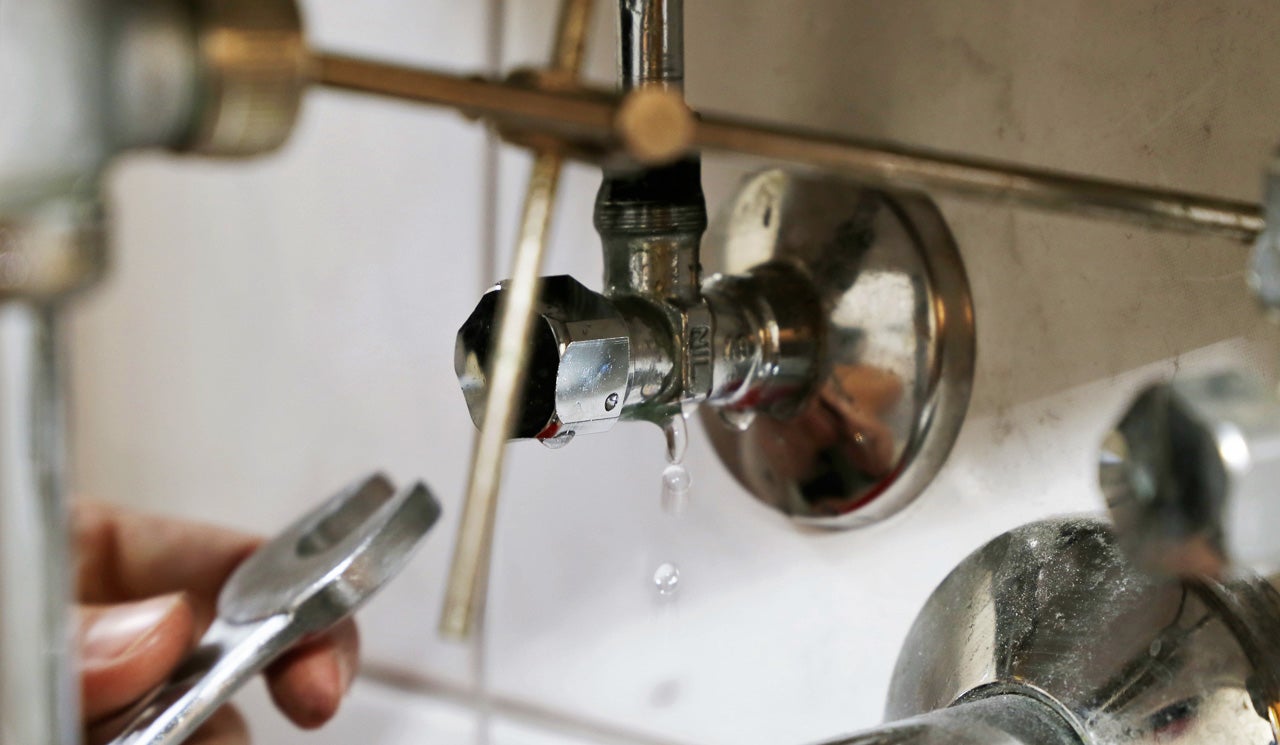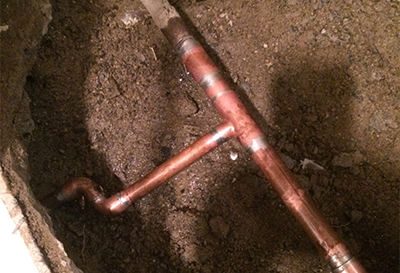Uncover Secret Ways to Identify Concealed Plumbing Leaks
Uncover Secret Ways to Identify Concealed Plumbing Leaks
Blog Article
We've found the article pertaining to Finding hidden leaks down the page on the net and decided it made perfect sense to share it with you over here.

Early discovery of leaking water lines can minimize a prospective catastrophe. Apart from conserving you cash, it will certainly minimize the worry as well as frustration. The minute you locate a leakage, calling your plumber for fixings is the most effective service. However, some tiny water leakages might not show up. If you can not spot it with your nude eyes, below are some hacks that help.
1. Examine the Water Meter
Every residence has a water meter. Examining it is a surefire way that assists you find leaks. For starters, switch off all the water sources. Make certain no person will certainly purge, make use of the faucet, shower, run the washing equipment or dish washer. From there, most likely to the meter and watch if it will alter. Considering that no person is utilizing it, there must be no activities. If it relocates, that indicates a fast-moving leak. If you identify no adjustments, wait a hr or two and examine back once again. This implies you may have a slow-moving leak that could even be below ground.
2. Check Water Usage
Assess your water bills and track your water usage. As the one paying it, you must notice if there are any disparities. If you find sudden changes, despite your intake being the same, it suggests that you have leakages in your plumbing system. Keep in mind, your water costs should drop under the very same variety each month. A sudden spike in your bill suggests a fast-moving leak.
A steady rise every month, also with the exact same behaviors, shows you have a sluggish leak that's also gradually escalating. Call a plumber to extensively check your home, especially if you feel a cozy area on your floor with piping below.
3. Do a Food Coloring Test
When it comes to water usage, 30% comes from commodes. If the shade somehow infiltrates your bowl throughout that time without flushing, there's a leak between the storage tank and also bowl.
4. Asses Outside Lines
Do not forget to check your outside water lines also. Test spigots by affixing a garden hose pipe. Needs to water permeate out of the link, you have a loose rubber gasket. Replace this as well as make certain all connections are tight. If you have actually obtained a sprinkler system, it will certainly aid get it professionally examined as well as preserved every year. One little leakage can throw away tons of water as well as surge your water expense.
5. Assess the scenario as well as inspect
House owners need to make it a behavior to examine under the sink counters and also also inside cabinets for any kind of bad odor or mold development. These 2 red flags show a leakage so prompt attention is called for. Doing regular assessments, also bi-annually, can conserve you from a major issue.
If you understand your house is already old, maintain a careful eye on your heating systems, pipes, pipelines and so on. Check for discolorations and also weakening as many pipes and also devices have a life span. They will likewise normally weaken due to damage. If you suspect leaking water lines in your plumbing system, do not wait on it to escalate. Call a professional plumber right now so you don't wind up with a horrible mess in your house.
Early detection of leaking water lines can mitigate a prospective calamity. Some small water leakages may not be noticeable. Checking it is a guaranteed way that aids you find leakages. One little leak can lose tons of water and surge your water bill.
If you presume dripping water lines in your plumbing system, don't wait for it to intensify.
WARNING SIGNS OF WATER LEAKAGE BEHIND THE WALL
PERSISTENT MUSTY ODORS
As water slowly drips from a leaky pipe inside the wall, flooring and sheetrock stay damp and develop an odor similar to wet cardboard. It generates a musty smell that can help you find hidden leaks.
MOLD IN UNUSUAL AREAS
Mold usually grows in wet areas like kitchens, baths and laundry rooms. If you spot the stuff on walls or baseboards in other rooms of the house, it’s a good indicator of undetected water leaks.
STAINS THAT GROW
When mold thrives around a leaky pipe, it sometimes takes hold on the inside surface of the affected wall. A growing stain on otherwise clean sheetrock is often your sign of a hidden plumbing problem.
PEELING OR BUBBLING WALLPAPER / PAINT
This clue is easy to miss in rooms that don’t get much use. When you see wallpaper separating along seams or paint bubbling or flaking off the wall, blame sheetrock that stays wet because of an undetected leak.
BUCKLED CEILINGS AND STAINED FLOORS
If ceilings or floors in bathrooms, kitchens or laundry areas develop structural problems, don’t rule out constant damp inside the walls. Wet sheetrock can affect adjacent framing, flooring and ceilings.
https://www.servicemasterbyzaba.com/blog/how-to-detect-water-leakage-in-walls/

I recently found that piece of writing on Finding hidden leaks while doing a lookup on the web. Are you aware of anybody else who is in the market for the subject? Please feel free to promote it. Thank-you for your time spent reading it.
Dial, we're waiting! Report this page